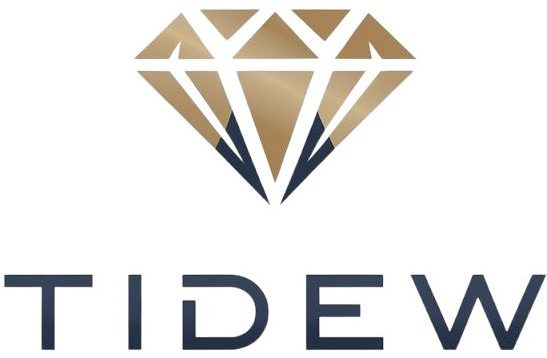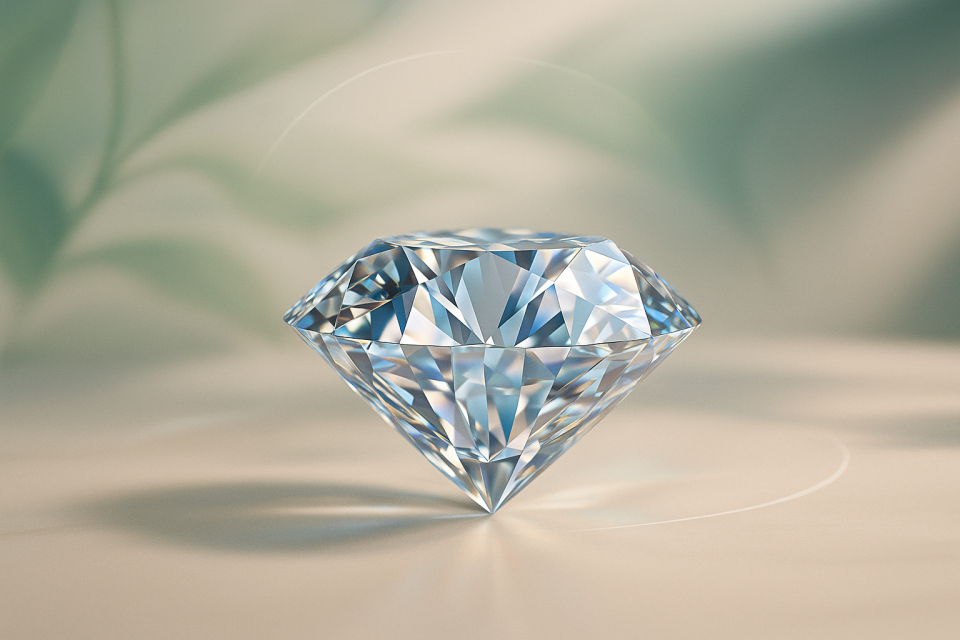Highlights
Focusing on the latest industry trends and future directions, this article explores how lab-grown diamonds are reshaping the jewelry market through sustainability and fashion-driven innovation.
Global Market Landscape
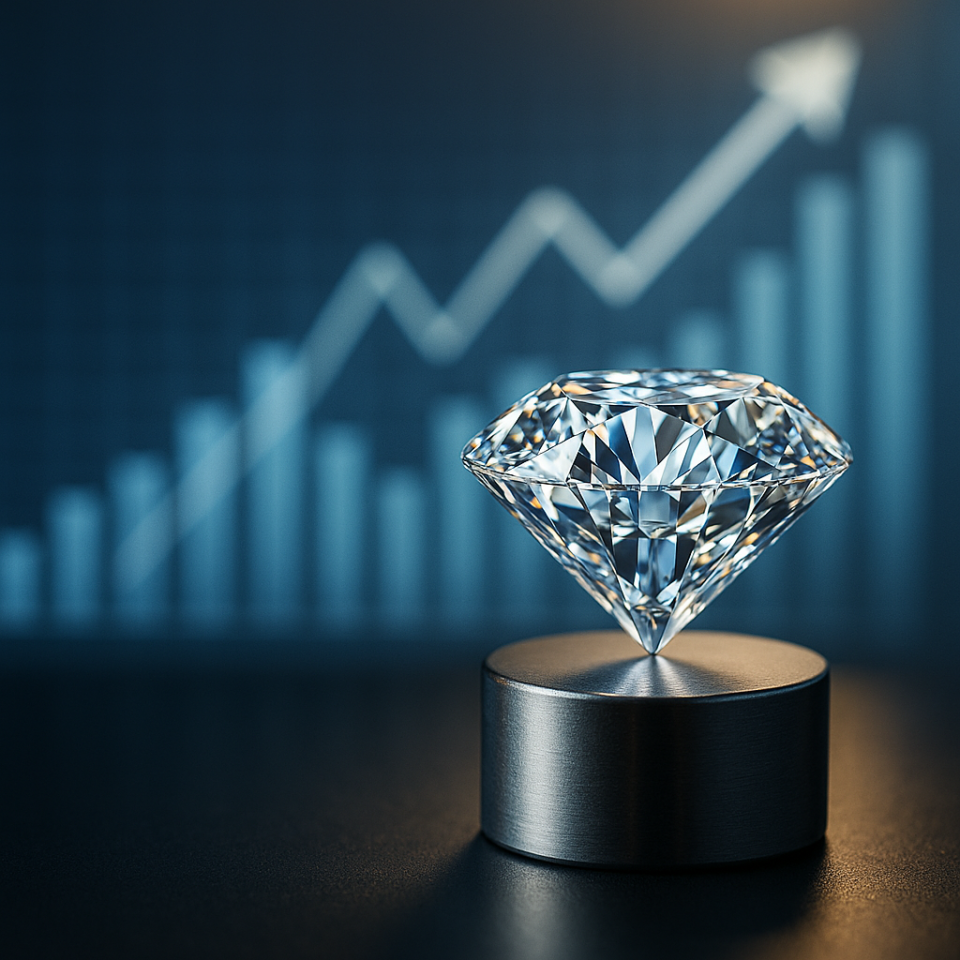
Lab-grown diamonds are rapidly reshaping the traditional jewelry market. According to industry reports, the global lab-grown diamond market exceeded USD 10 billion in 2024 and is expected to maintain double-digit growth in the coming years.
Compared to natural diamonds, lab-grown diamonds have identical physical and chemical properties and often achieve ideal clarity and color grades more easily. Combined with their more affordable price point, lab-grown diamonds have evolved from an “alternative” option to a mainstream choice in jewelry consumption.
The shift in consumer perception has been key to this market expansion. In the past, most people believed diamonds had to be mined to hold value, but today lab-grown diamonds are embraced for their eco-friendly, sustainable production and transparent supply chain. Leading global jewelry brands and independent designers have already launched dedicated lab-grown diamond product lines to attract emerging consumer segments.
Sustainability in Jewelry
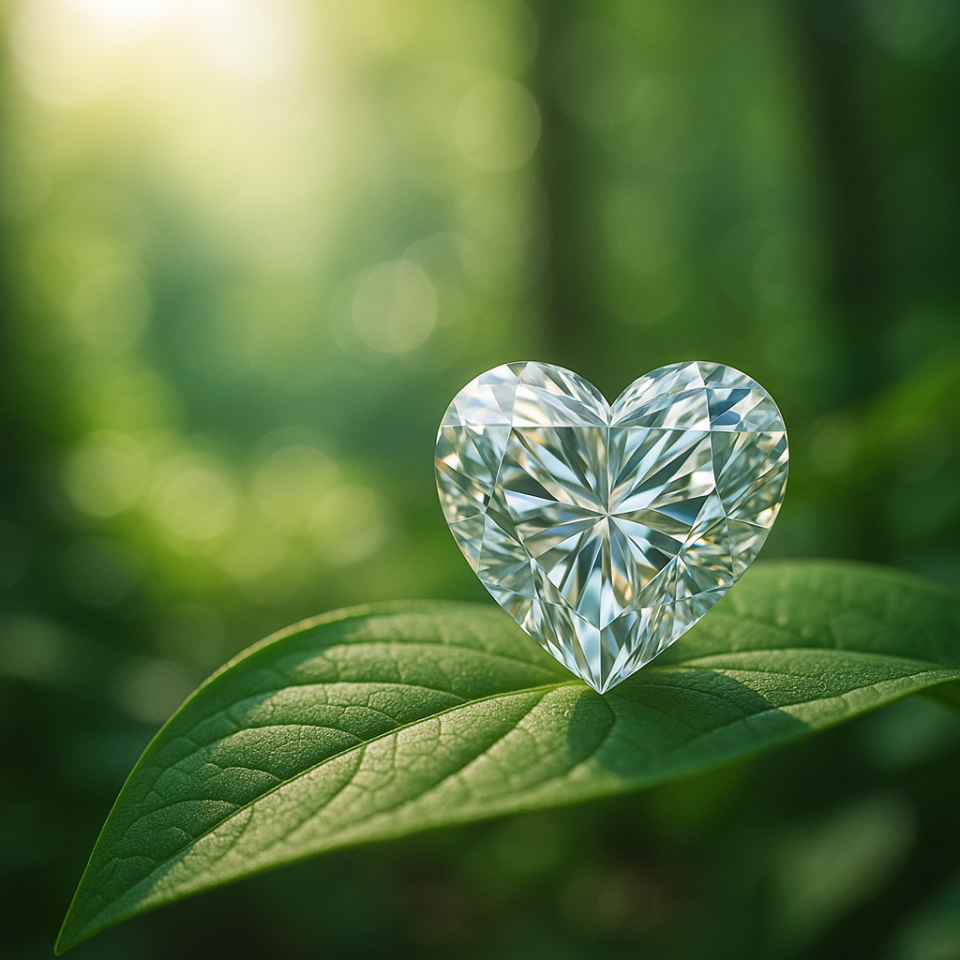
Traditional diamond mining often leads to land degradation, water pollution, and high carbon emissions, with the added ethical concern of “conflict diamonds.” Lab-grown diamonds directly address these long-standing industry pain points.
They require significantly lower carbon footprints, have minimal environmental impact, and offer a fully traceable and transparent supply chain, aligning perfectly with growing global attention on sustainability.
Younger consumers, particularly Gen Z and Millennials, are prioritizing corporate social responsibility and eco-conscious purchasing. For them, diamonds are no longer just symbols of luxury but reflections of their values. Many jewelry brands are responding by launching carbon-neutral certified products and emphasizing sustainable practices in their marketing to win greater trust and loyalty.
Rise of Colored Diamonds and Unique Cuts
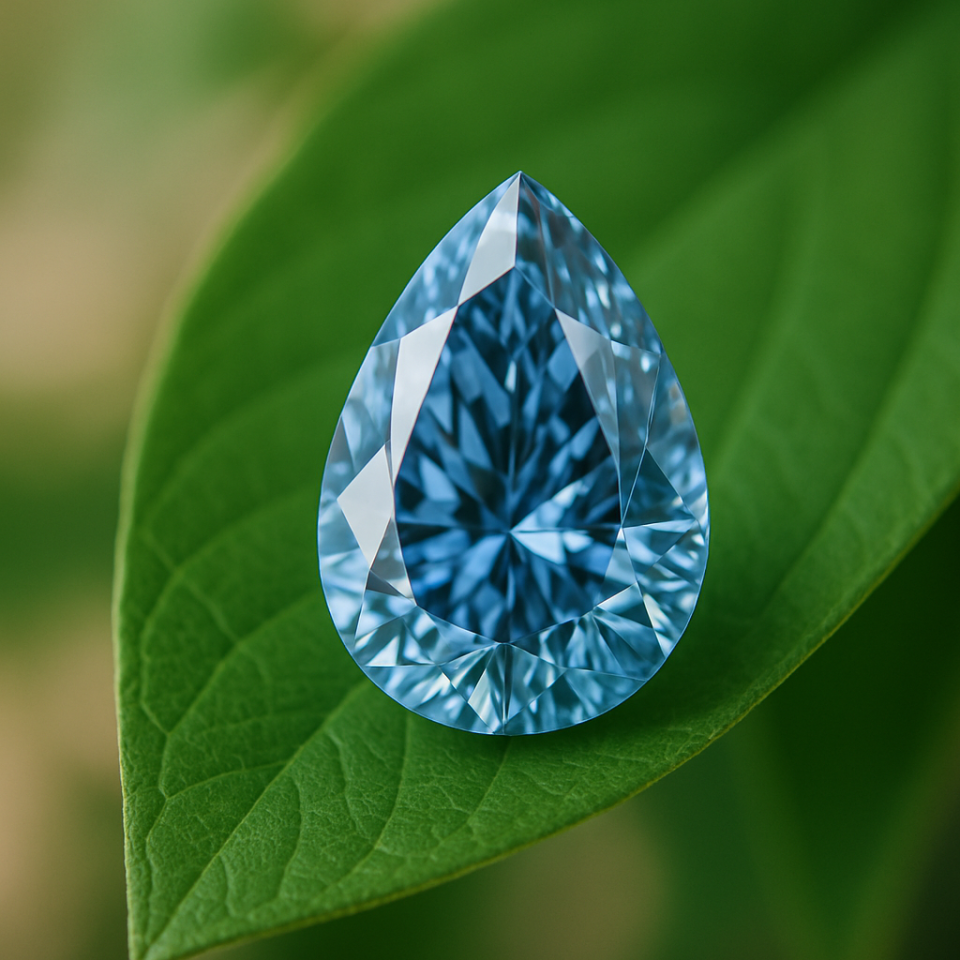
One major breakthrough of lab-grown diamond technology is the stable production of colored diamonds. While natural colored diamonds are extremely rare and expensive, lab-grown techniques can produce pink, blue, green, and yellow diamonds at scale, opening new creative possibilities for jewelry design.
Alongside color, unique cutting styles are becoming increasingly popular. While the traditional round brilliant cut remains dominant, fancy cuts like heart, shield, and step-cut designs are drawing attention from consumers seeking individuality and distinctiveness. This creative approach is transforming diamond jewelry from a mere status symbol into a combination of aesthetics and personal expression.
Growing Demand for Personalization
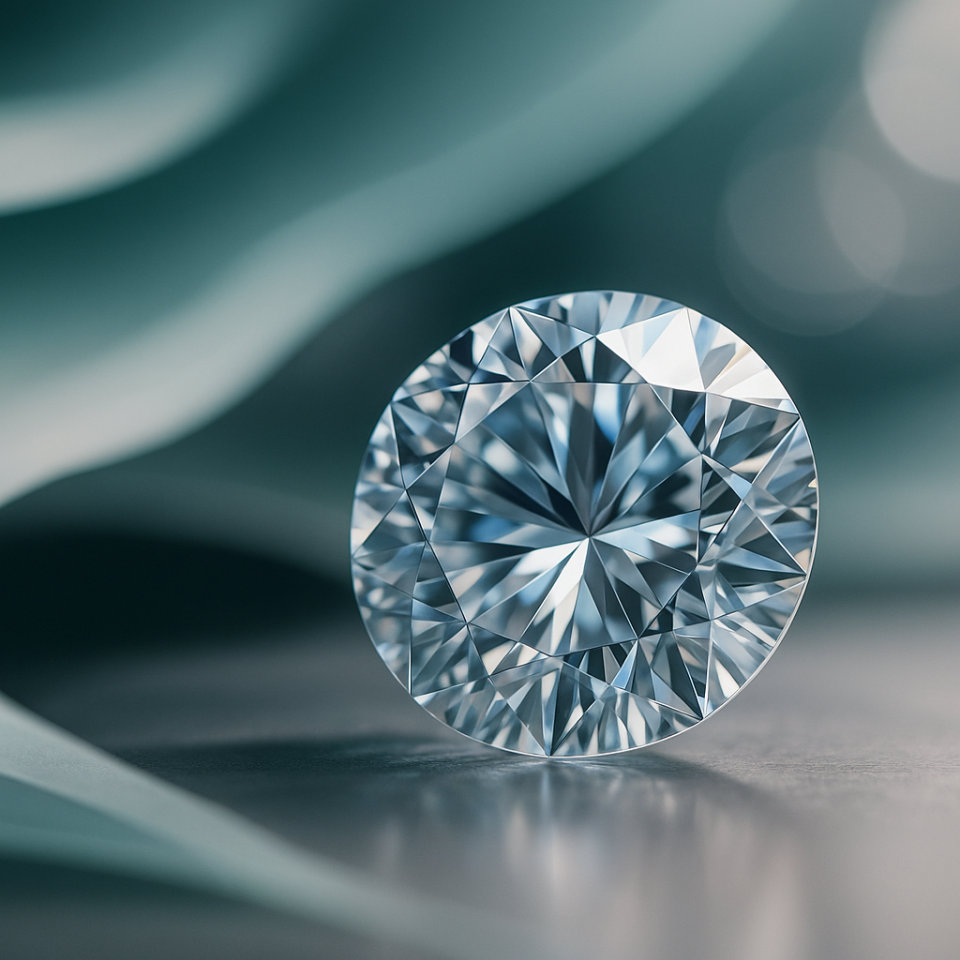
As digitalization and personalized shopping trends evolve, more consumers want jewelry pieces that carry personal meaning. Customization has become one of the strongest selling points of lab-grown diamonds.
With AI-assisted design, 3D printing, and AR virtual try-ons, custom jewelry is more accessible than ever. Many brands now offer online platforms where consumers can fully customize their diamond jewelry—from carat weight and color to cut and setting style.
This level of interactive experience gives consumers truly unique pieces and increases brand loyalty and engagement. In the coming years, brands capable of providing fast, flexible, high-quality custom services will lead the competition.
Future Outlook and Opportunities
Market Growth Forecast: Multiple industry research agencies predict that by 2030, the lab-grown diamond market will account for one-third of the natural diamond market, driven strongly by the U.S., China, and Europe.
Investment Hotspots: Colored diamonds, unique cut designs, smart customization platforms, and eco-certified jewelry are expected to be key focus areas for capital investment. With the integration of AI and e-commerce, personalized jewelry will see unprecedented growth.
Challenges and Opportunities: While prospects are promising, the lab-grown diamond industry still faces challenges such as standard certification systems, consumer education, and price competition. Companies that excel in technological innovation, branding, and customer experience will be the winners of the future.
Conclusion
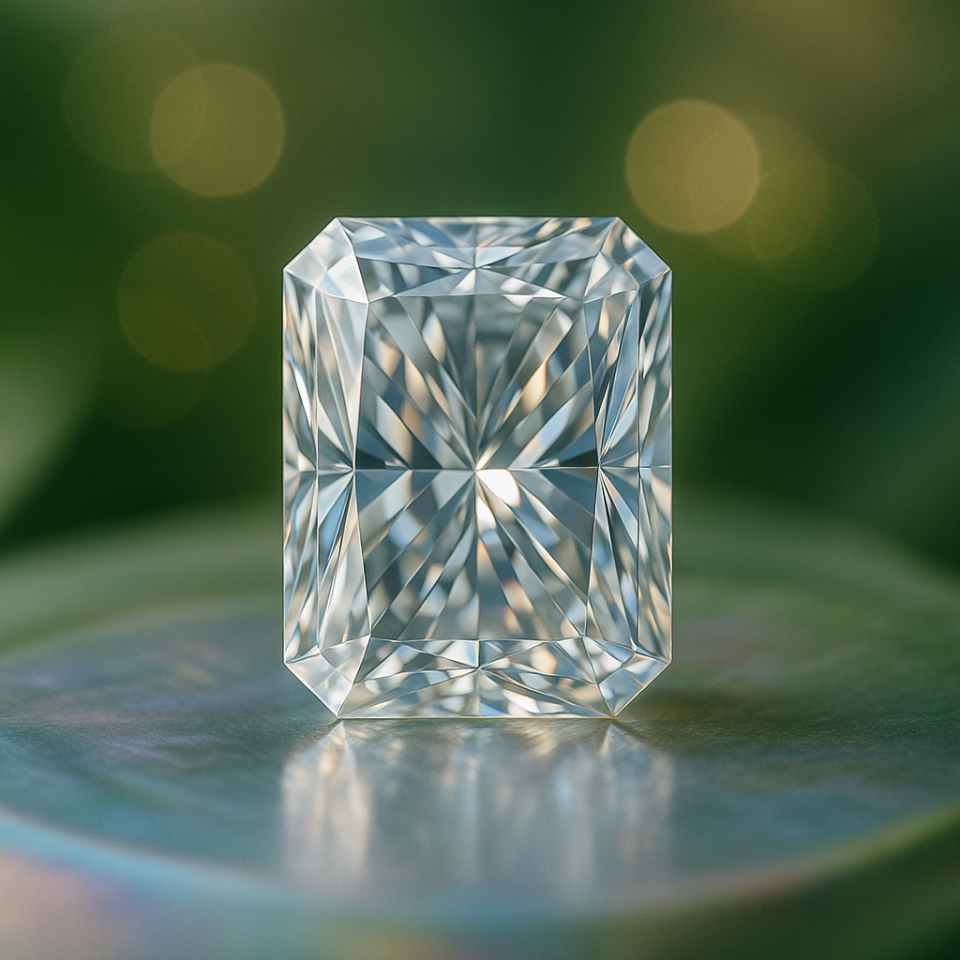
In 2025, lab-grown diamonds will continue their strong momentum, driven by sustainability and fashion-forward innovation. From eco-friendly production to personalized designs, lab-grown diamonds are meeting diverse consumer needs while unlocking new creative and commercial potential in the jewelry industry. The next five years will be a golden period for brands and designers that seize these opportunities and innovate quickly.
